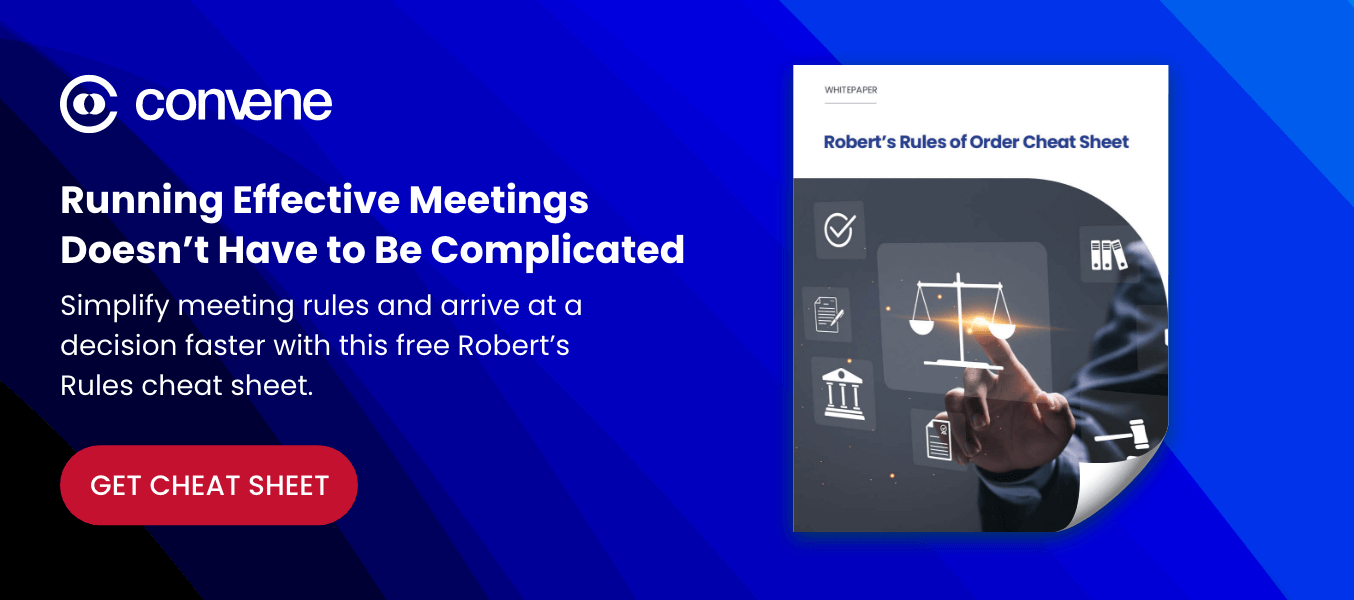Paper-based board meetings. It’s difficult to associate the phrase with much other than a forlorn company secretary furiously scribbling away in a room of equally despondent directors eager to sign an attendance register. In reality, signing the attendance register should be considered a win. There’s more to a successful boardroom meeting than meets the eye – especially without the help of IT.
In this article we discuss what are digital board meetings and why your board should seriously consider them:
Traditional Board Meeting Difficulties
First comes the problem of space. Finding an available room which fulfills both the seating and technical requirements of the board can take an impressive amount of time to complete. Then comes the issue of time. The room should be available at the same time the directors are, or it’s back to the drawing board in a time-consuming chicken-and-egg scenario.
Next, there’s the potential issue of meeting attendance, or no-shows as the case may be.
And for those present, there is the inescapable issue of minute-taking and information distribution before and during board meetings. Countless hours will take your time just by going through hundreds of papers. The use of paper for this crucial task also raises concerns with information security, environmental waste, storage and convenience.
And the list continues… the question is – is there a way to organize seamless board meetings which address the issue of attendance, while meeting the requirements for proper information management and effective communication on the other?
Top 5 Benefits of Digital Board Meetings
Digital board meetings eliminates the use of papers, shifting the entire board meeting process through the use of digital tools.
A digital board meeting solution provides the ideal all-in-one virtual environment for managing board meetings, from organization to record-keeping. In fact, transitioning to digital board meetings completely eliminates some of the issues encountered with manually prepared meetings as seen further in the points below.
If you are considering making the switch to digital board meetings, here are 5 reasons why you should not delay.
Save Resources
With board packs holding anywhere between 40 – 500 pages of paper per attendee, it is evident that copious amounts of paper can be consumed. In an increasingly environmentally-aware society, transitioning to digital board meetings is probably one of the most effective ways to significantly reduce paper consumption during board meetings. Paperless board meetings are an effective way to save trees, ink, time and finances especially when considering the time and cost of printing and posting board materials.
If there is a need to edit or update printed board materials, the process can be wasteful and expensive. Digital board meetings, especially cloud-based solutions completely eliminate this issue. These platforms make it possible to disseminate and update information digitally and simultaneously across the board.
Convenience
Digital meetings make it easy for board directors to attend meetings ubiquitously. As they are more convenient to attend than meeting face-to-face, this can positively impact attendance rates.
Also, because board packets can be distributed digitally in advance, the reliance on couriers is eliminated. This also makes it more convenient for directors to prepare adequately for meetings in advance.
Security
Digital meeting software offers greater security to sensitive data by allowing directors access to sensitive information within a secure environment. Administrators can control access to sensitive documents through the use of access restrictions and solutions such as Convene’s board management solution offer enterprise-grade security features which protect sensitive information using tools such as multi-factor authentication, passwords and other security measures. Furthermore, in the case of a compromised device, system administrators can remotely wipe sensitive data. This ensures that data does not end up in the wrong hands.
Seamless Collaboration
In-meeting collaboration is easier with digital meeting software, as the integrated collaboration features help promote seamless collaboration among directors. Convene for example, allows directors to add annotations, track changes and control other devices – all in real time. The laser pointer tool also helps the presenter hold attention and communicate specific page sections more clearly. These technical features save directors the pain of inconvenient face-to-face discussions, while providing the necessary tools to share information remotely.
Corporate Governance
Given the role that boardroom minutes can play in corporate governance, it is easy to see how important it is to maintain high standards of record-keeping. Boardroom meeting minutes can serve as an official record of key decisions made within a company. These can be revisited at any time and for any purpose including being used as evidence for civil litigation cases. Therefore, there is a need to document boardroom minutes in a way that can stand up to third-party scrutiny.
Record-keeping improves significantly with digital meetings, as information is no longer managed in physical locations. Rather, digital meeting solutions provide a platform for administrators to easily manage and retrieve meeting data. At the same time, they can also easily create permanent records and backups, improving governance and regulatory compliance efforts.
—
With the points illustrated above, it is easy to see the value of transitioning to digital board meetings. Effective planning, collaboration and record-keeping can help to free up resources to facilitate clearer and more strategic decision-making which are in line with regulatory requirements.
Make the switch to smart, simple, and secure digital meetings with Convene. Discover how digital or paperless meetings can benefit your organization.
Darren is the Content Director at Convene. Driven by his passion for content writing and knowledge of digitalization, he takes pride in providing content that helps drive digital transformation. Over the years, he has written blogs related to digital meetings, board management, and modern governance.










